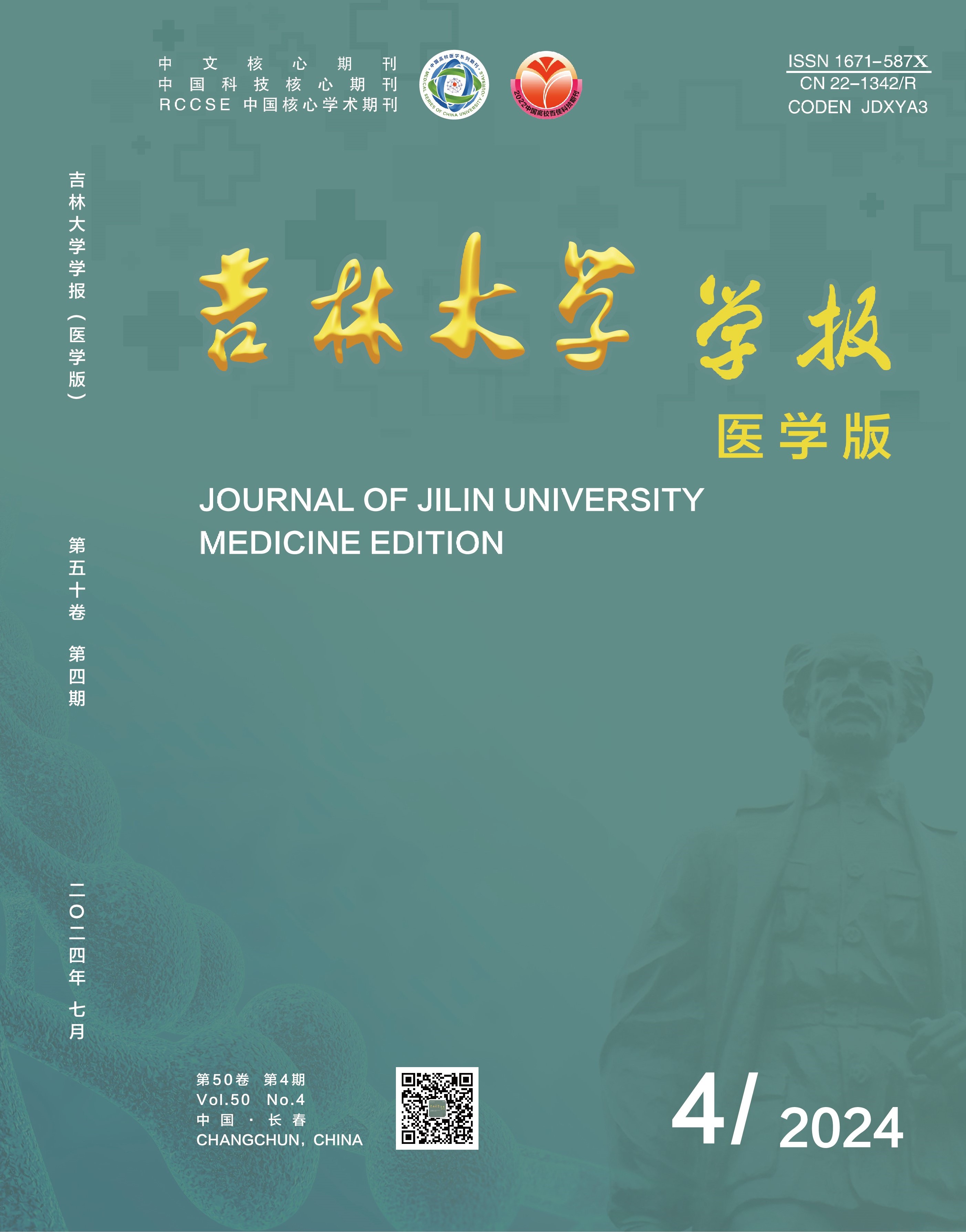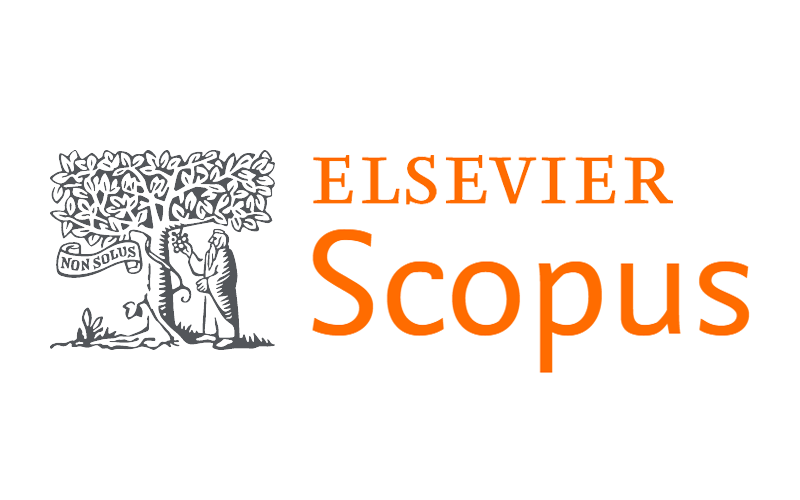|
|
Effect of LncRNA-ATB on acute rejection of kidney transplanted rats by regulating miR-200c expression
QIAO Liangwei, QU Qingshan, LI Ming
Journal of Jilin University(Medicine Edition). 2020, 46 (05):
955-962.
DOI: 10.13481/j.1671-587x.20200510
Objective: To investigate the influence of long non-coding RNA activated by TGF-β (LncRNA-ATB) by regulating microRNA (miRNA)-200c in the acute rejection (AR) and the inflammatory response of recipient tissue after transplantation in the kidney transplantation rats,and to analyze the potential molecular mechanism of AR of kidney transplantation. Methods: Thirty SD rats were used as donors and 30 Wistar rats were used as recipients. The donor kidneys were transplanted into the recipient rats by surgery to establish the models of kidney transplantion AR. The successful modeling rats (n=27) were randomly divided into model group, LncRNA-ATB short hairpin RNA (shRNA) group, and LncRNA-ATB-NC group; there were 9 rats in each group. Ten Wistar rats were selected and used as sham operation group. Two hours after transplantation, the rats in LncRNA-ATB-shRNA group and LncRNA-ATB-NC group were injected with LncRNA-ATB-shRNA and LncRNA-ATB-NC gene recombinant plasmid liposome complex in the tail vein (200 μL/rat), and the rats in sham operation group and model group were injected with Opti-MEM medium (200 μL/rat). After 7 d, the relative expression levels of LncRNA-ATB and miR-200c in peripheral blood of the rats in various groups were detected by RT-PCR method,and the levels of serum creatinine (Scr) and blood urea nitrogen (BUN) of the rats in various groups were detected by automatic biochemical analyzer; the levels of serum interleukin-6 (IL-6), interleukin-8 (IL-8), tumor necrosis factor-α(TNF-α) of the rats in various groups were measured by enzyme-linked immunosorbent assay(ELISA); HE staining was used to observe the pathomorphology of kidney tissue of the rats in various groups, and the diagnosis grade of AR and the AR semi-quantitative scores were performed;the expression levels of Toll-like receptor-4 (TLR4), myeloid differentiation factor 88 (MyD88), nuclear transcription factor κB (NF-κB) mRNA and proteins in kidney tissue of the rats in various groups were detected by RT-PCR and Western blotting methods. Results: The HE staining results showed that compared with sham operation group, there was AR in kidney tissue of the rats in model group, existing inflammatory cell infiltration, arterial inflammation, interstitial cell edema, and cortical hemorrhage, etc; the phathomorphology of kidney tissue of the rats of the rats in LncRNA-ATB-NC group was similar to model group; the pathomorphology of the kidney tissue in LncRNA-ATB-shRNA group was improved compared with model group and LncRNA-ATB-NC group. Compared with sham operation group, the expression levels of LncRNA-ATB in peripheral blood, the levels of serum Scr, BUN, IL-6, IL-8 and TNF-α,the AR semi-quantitative scores, the expression levels of TLR4, MyD88, NF-κB mRNA and proteins in kidney tissue of the rats in model group, LncRNA-ATB-NC group, and LncRNA-ATB-shRNA group were decreased(P<0.05), the expression levels of miR-200c in peripheral blood were decreased (P<0.05). Compared with model group and LncRNA-ATB-NC group, the expression level of LncRNA-ATB in peripheral blood,the levels of serum Scr, BUN, IL-6, IL-8 and TNF-α,the AR semi-quantitative score, the expression levels of TLR4, MyD88, NF-κB mRNA and proteins of the rats in LncRNA-ATB-shRNA group were reduced (P<0.05), and the expression level of miR-200c in peripheral blood was increased (P<0.05). There were no significant differences in the expression levels of LncRNA-ATB and miR-200c in peripheral blood, the levels of serum Scr, BUN, IL-6, IL-8 and TNF-α,the AR semi-quantitative scores, and the expression levels of TLR4, MyD88, NF-κB mRNA and proteins in kidney tissue of the rats between model group and LncRNA-ATB-NC group (P>0.05). Conclusion: Silencing LncRNA-ATB can reduce AR after kidney transplantation in the rats and inhibit the inflammatory reactions in recipient tissue. Its mechanism may be related to up-regulating the expression of miR-200c kidney transplanted and inhibiting the expressions of TLR4, MyD88, NF-κB mRNA and proteins to exert the inflammatory suppression.
References |
Related Articles |
Metrics
|

 Table of Content
Table of Content
 Guide to Authors
Guide to Authors


